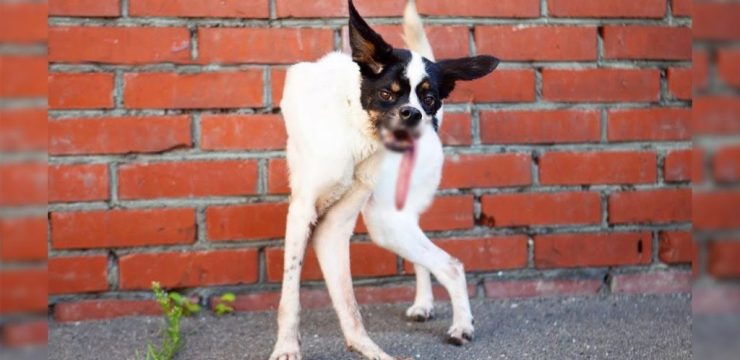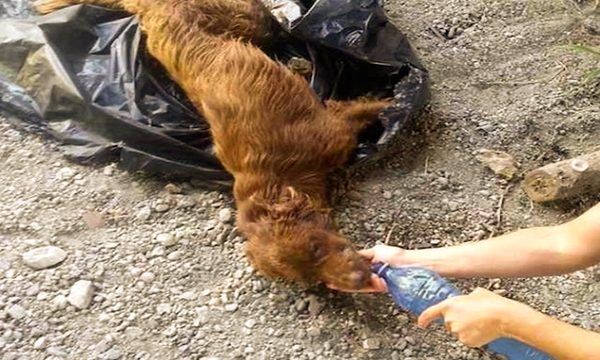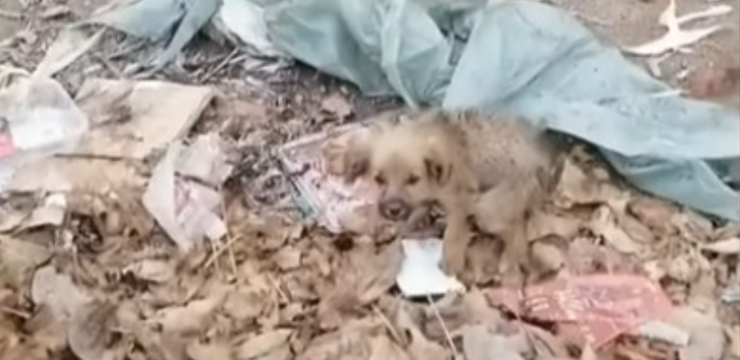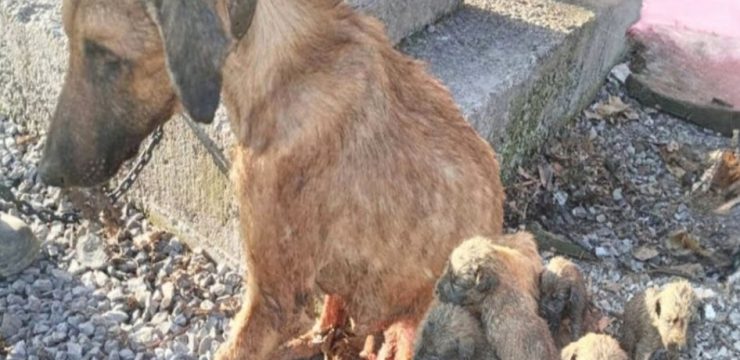Introduction
The viral cow math puzzle has recently taken social media by storm, particularly capturing the attention of Twitter users. This brain teaser stands out from the crowd with its unique scenario involving the buying and selling of a cow. It’s not just a typical math problem; it’s a test of your understanding of profits and effective costs. Let’s dive into the puzzle and unravel the mystery behind it.
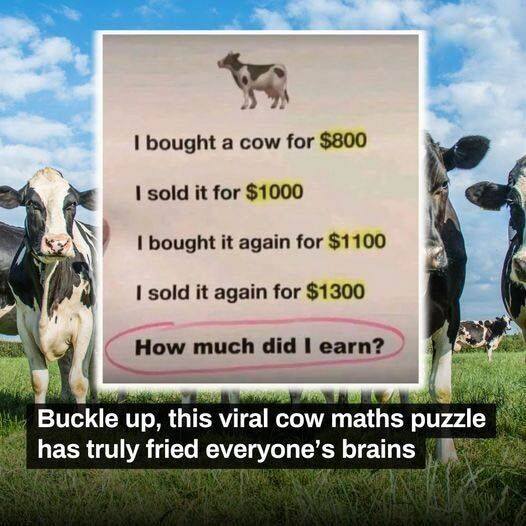
The Puzzle Breakdown
The Initial Transaction
The puzzle begins with the purchase of a cow for $800. This cow is then sold for $1000.
Calculating the First Profit
- Purchase Price: $800
- Selling Price: $1000
By selling the cow for $1000, the seller makes a profit of:
$1000 – $800 = $200
The Second Transaction
In the next part of the puzzle, the cow is repurchased for $1100. Given that the seller previously made a $200 profit, we need to consider this profit to determine the effective cost for this purchase.
Effective Cost Calculation
- New Purchase Price: $1100
- Previous Profit: $200
Subtracting the previous profit from the new purchase price:
$1100 – $200 = $900
The Final Sale
Finally, the cow is sold again, this time for $1300.
Calculating the Second Profit
- Effective Purchase Price: $900
- Final Selling Price: $1300
The profit from this final sale is:
$1300 – $900 = $400
The Correct Answer
In summary, the total profit made from these transactions is $400. The key to solving this puzzle lies in understanding how profits and effective costs work together in each step.
Why This Puzzle Went Viral
Simplicity Meets Complexity
At first glance, the puzzle seems straightforward. However, the steps involved in calculating the correct profit require a deeper understanding of cost and profit analysis. This blend of simplicity and complexity is what has drawn so many people to debate and discuss the puzzle online.
Engaging and Relatable Scenario
The cow math puzzle uses a scenario that is easy to visualize and somewhat charming in its cottage core appeal. Unlike abstract math problems, this puzzle feels more like a real-world situation, making it more engaging for a broader audience.
The Debate Factor
One of the reasons this puzzle has captured so much attention is the debate it sparks. Different interpretations and methods of solving the problem lead to various answers, fueling discussions and arguments. This kind of engagement is perfect for social media platforms like Twitter, where users enjoy sharing their thoughts and solutions.
Lessons Learned from the Cow Math Puzzle
Importance of Detailed Analysis
This puzzle teaches the importance of analyzing each step in a sequence of transactions carefully. A slight oversight in understanding how previous profits affect future costs can lead to incorrect answers.
Real-World Application of Math
The cow math puzzle highlights how mathematical concepts like profit and cost analysis are applicable in real-world situations. It’s a reminder that math isn’t just about numbers and formulas; it’s about understanding and solving practical problems.
Engagement through Challenges
Puzzles like this demonstrate how challenging and thought-provoking content can engage audiences effectively. They not only provide entertainment but also stimulate intellectual discussions and learning.
Conclusion
The viral cow math puzzle is more than just a brain teaser; it’s a lesson in profit analysis and effective cost calculation. Its charming scenario and the debate it sparked have made it a hit on social media. By breaking down the transactions and understanding the profits at each step, we arrive at the correct answer: $400. So, the next time you encounter a seemingly simple puzzle, remember to dig deeper – the solution might be more complex than it appears!
Are you ready to share this puzzle with your friends and see if they can crack it? Give it a try and join the ongoing conversation about this mind-bending math challenge!

